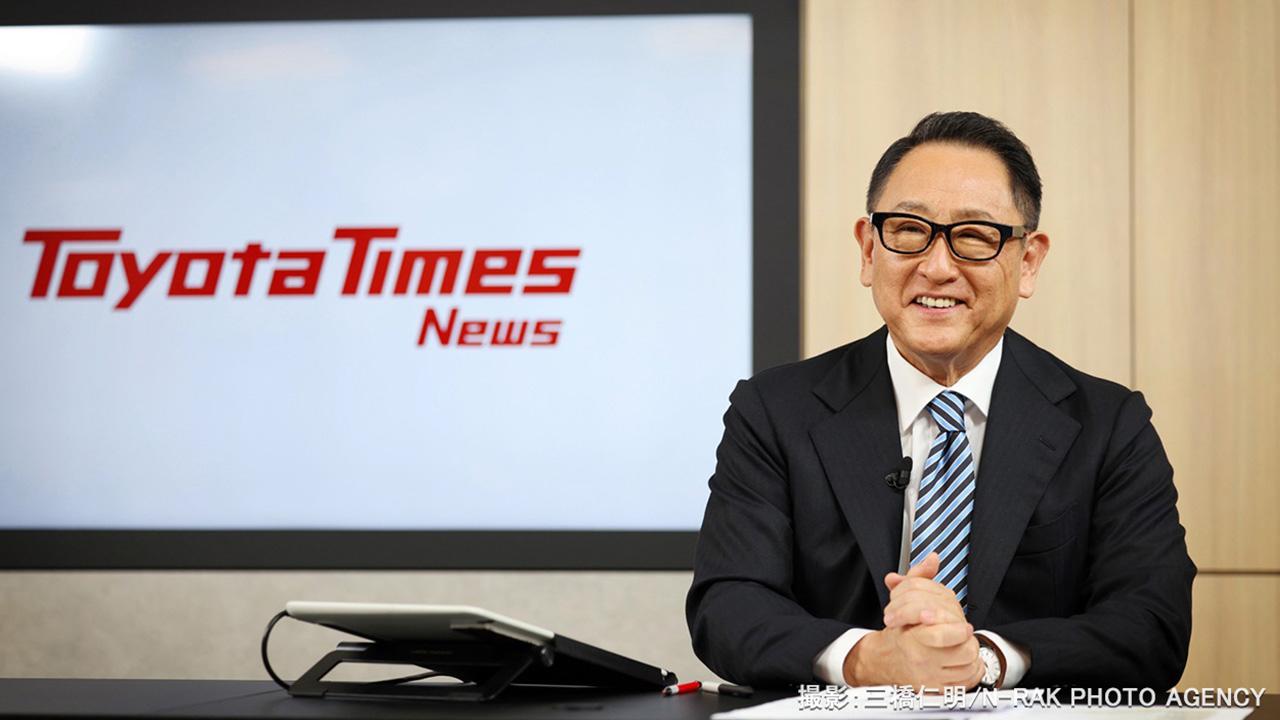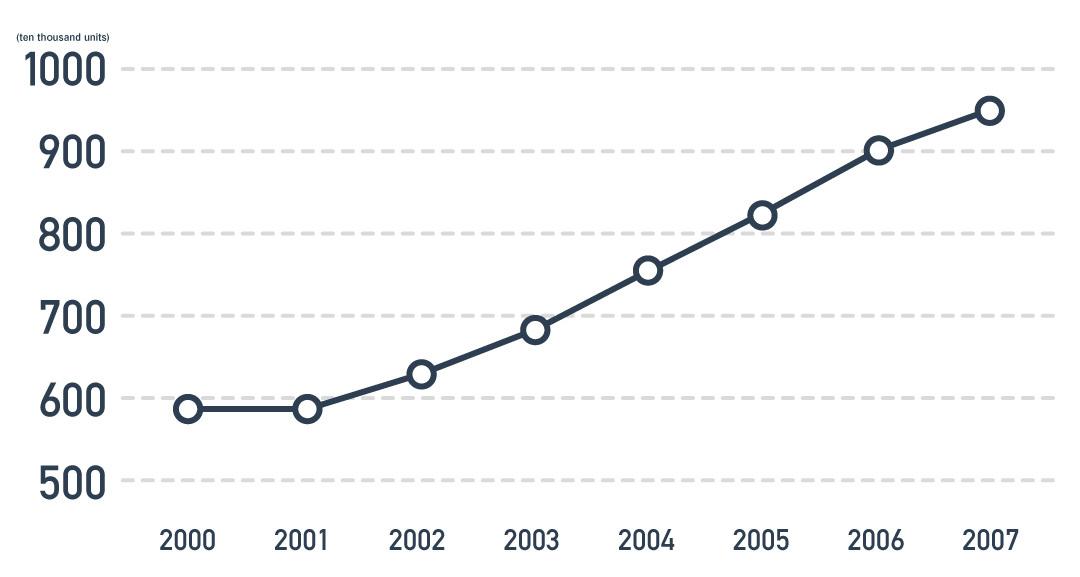
A special feature looking back on Akio Toyoda's 14 years as Toyota's 11th president. Part two traces the changes reflected in the figures.

On January 26, 2023, Akio shared the following words during a Toyota Times News live stream announcing the company’s leadership change.
“In retrospect, these 13 years have been a period of struggling to survive from one day to the next.”
Akio began his presidency in 2009, as shockwaves from the Global Financial Crisis were reverberating around the world. To call them headwinds is an understatement—he was setting sail in the midst of a raging storm. In the 2008 fiscal year, Toyota posted its worst-ever operating income, tumbling 461 billion yen into the red.
Undaunted, upon becoming president, Akio set about improving the company’s profit structure. He managed to return Toyota to profitability in fiscal 2009 and to keep it there despite a series of existential threats, including the major recalls that originated in North America, the Great East Japan Earthquake, and floods in Thailand.
In FY2020, despite the COVID-19 pandemic causing a slump in sales equal to that triggered by the Global Financial Crisis in FY2008 (-15%), Toyota booked a consolidated operating income of 2,197.7 billion yen. These figures demonstrated that the company's corporate structure had been strengthened by Akio’s numerous reforms.

How did Akio manage to revive Toyota from its worst-ever deficit and transform the company’s profit structure? Let’s trace the changes he made and how they show up in the figures.
On the eve of Akio’s presidency
Before Akio took the helm, Toyota had been rapidly expanding its production overseas, particularly in North America.
At the end of 2007, the company had production facilities in 27 countries and regions, each year opening two or three new plants with an annual output of 200,000 vehicles.

The increase in global production and sales volumes continued to boost both revenues and profits, with consolidated operating income surpassing 1 trillion in fiscal 2001 and 2 trillion in fiscal 2006.
Toyota could sell as many cars as it managed to churn out.
And yet, despite the sustained growth, it was not all smooth sailing.
The Global Financial Crisis of 2008 cast a dark shadow over the entire automotive industry, with new car markets in North America and other parts of the world quickly feeling the chill.
Toyota’s consolidated sales for fiscal 2008 plunged 15% on the previous year, from 8.91 million vehicles to 7.56 million. The continued expansion of plants and facilities burdened the company with onerous fixed costs.
With matters made worse by a strong yen, Toyota revised its performance downward three times between the second quarter results in November 2008 and February of the following year, forecasting losses for the full term. The Japanese media dubbed it the “Toyota Shock.”
Ultimately, operating income came in at minus 461 billion yen.
At a global policy briefing to begin the fiscal year in June 2009, as incoming president Akio vowed to steer the company away from its fixation on sales volumes, instead seeking to create products tailored to regional needs and conditions. “We must humbly recognize that all of our operations and decisions have served to prioritize volumes and profits, and use this to shape how we move forward.”


